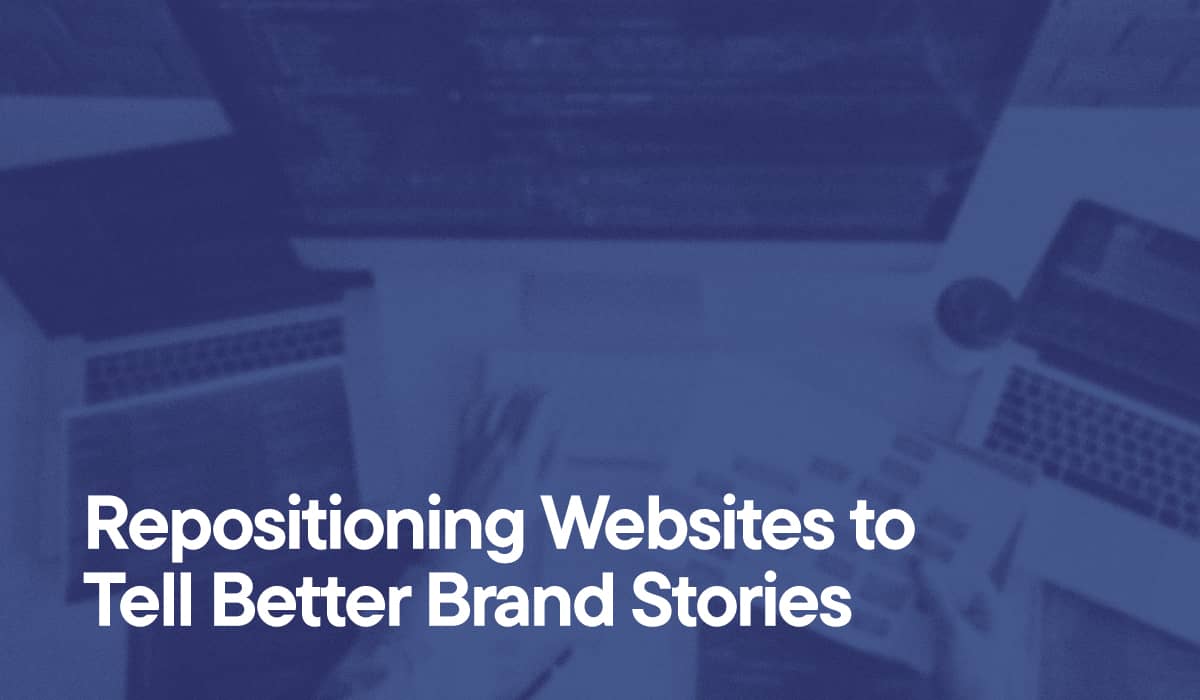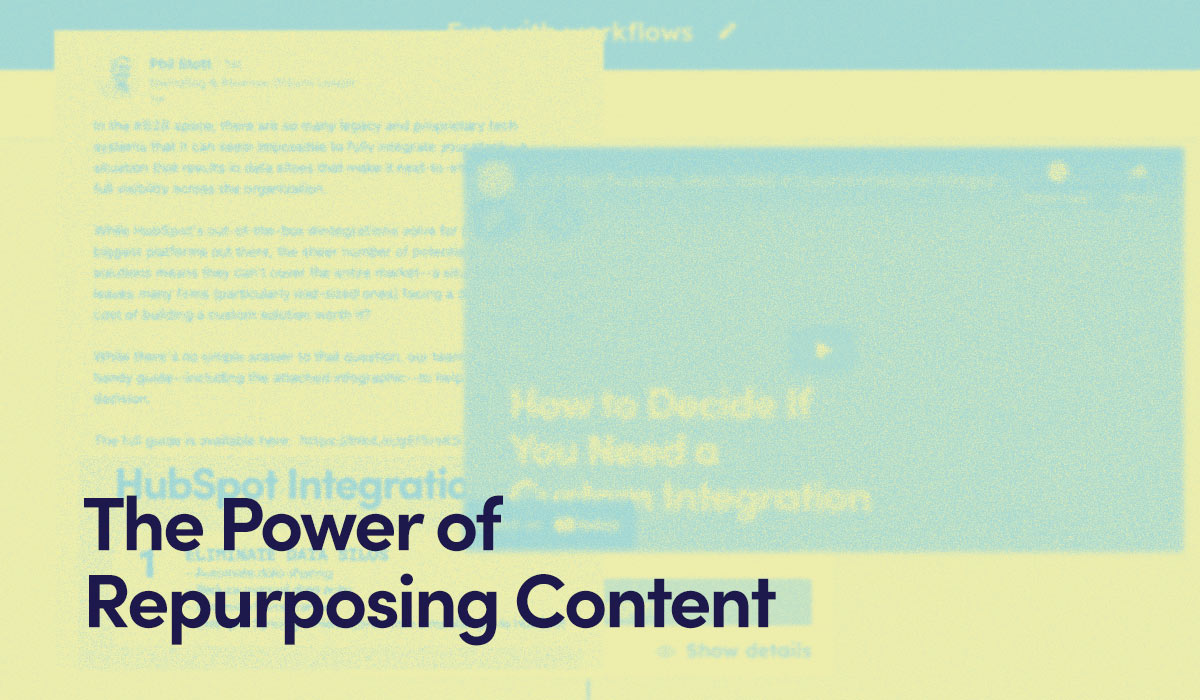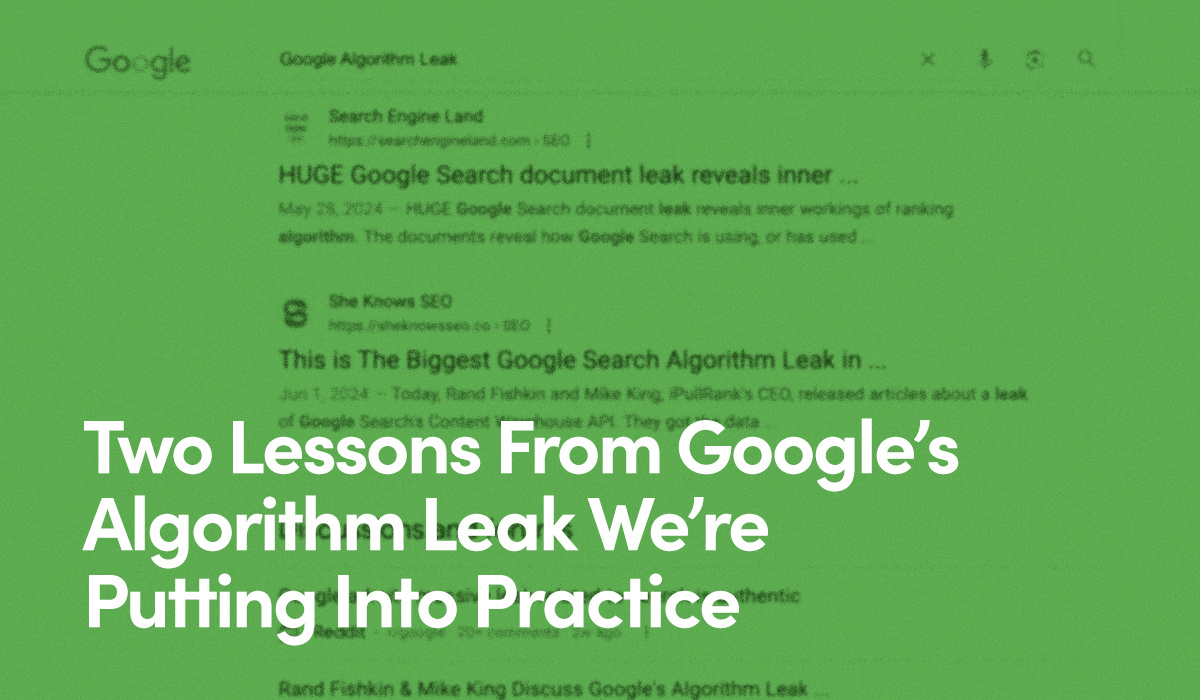Have you ever wandered through the ruins of Kuélap? It’s Peru’s trendiest travel destination. Known as the “Machu Picchu of the North,” Kuélap is the hilltop citadel of the ancient Chachapoya, the “Warriors of the Cloud Forest.” It's 500 years older than the famous Inca settlement to the south and a good 500 meters higher up!
So, why are we talking about ancient Indigenous civilizations? We’re not, really—except to demonstrate how a piece from travel guide publisher Lonely Planet on the Chachapoya, fits well into today’s content marketing strategies, and to point out a few things you can emulate.
What Is Content Marketing?
Navigating today’s vast and fragmented data landscape can be overwhelming. While it’s easy to find material on just about anything, anywhere, it’s become more challenging to locate the relevant and valuable information you need at a particular point in your search.
For businesses, standing out among the noise is equally challenging; and this is where content marketing comes into play. “Content marketing” is the process of housing and distributing written and visual material online to attract more leads for your business. In short, to appeal to a potential customer, your content must be beneficial to them. Content can include blogs, web pages, ebooks, infographics, social posts, videos, and more.
Let’s return to the Peruvian mountains for a minute. As mentioned, the blog post is on a website that sells travel guides. The post doesn’t mention books, but it discusses an exciting, relatively unknown travel destination that may be intriguing to people hunting around for undiscovered vacation spots, places to visit in Peru, or ancient ruins in South America. In fact, readers may decide to buy a travel guide from Lonely Planet for any of these reasons.
Content marketing leverages the power of engaging content to add value to the experience a buyer goes through to purchase a product or serviceーotherwise known as the buyer’s journey.
What Is the Buyer’s Journey?
The buyer’s journey generally includes three sequential phases:
-
Awareness- The buyer experiences a challenge and wants to resolve it, such as ensuring they have the right sleeping bag for an upcoming camping trip to Everglades National Park in South Florida.
-
Consideration - The buyer explores and researches the available solutions to the challenge. For instance, during this period, they may narrow their search to sleeping bags that dry quickly in damp and humid conditions, a common occurrence in that region of Florida.
-
Decision - In this phase, the buyer identifies a strategy for resolving their challengeーin our example, a sleeping bag made of synthetic materials that dry quicklyーand, now makes a purchase decision.
Transform Your Marketing With Strategic Content
Ready to Convert More Leads Into Loyal Customers?
Discover Our Content Engineering Expertise arrow_forwardContent Marketing Within the Inbound Marketing Context
Sometimes, inbound marketing is used interchangeably with content marketing. They’re related, but not the same. According to HubSpot, which originated the term, inbound marketing is "the method of growing your organization by building meaningful, lasting relationships with prospects and customers by empowering them to reach their goals at any stage in their buyer’s journey with you."
Content marketing is used in the inbound process to empower buyers not only to achieve their goalsーwhatever stage of the buyer’s journeyーbut to continue to the next phase with your brand.
By supporting buyers with the information and engagement opportunities they need when they need it, a company can build trust and nurture the relationship buyers require to make a purchasing decision. Importantly, the term “inbound” is foundational to this concept. You make the buyer’s journey authentic by positioning content sothey can easily find it. The buyer is naturally intrigued by your content and recognizes it will assist them in reaching their goals. Think of it as an organic process.
The inbound approach differs from an outbound approach, which tends to disrupt the buyer’s journey with content that may not align with their current position. Think of traditional TV advertising. If a buyer sees a TV ad for a new electric vehicle (EV), will that prompt them to purchase one? It might, but what if they’re only thinking about purchasing a new car? What if they don’t know much about EVs? Different content that addresses these challenges would better resonate with people who’re currently in earlier buyer-journey phases.
Where Do Blogs Fit Into All of This?
A blog is a collection of articles (housed on a website) on topics of interest to your target market. It’s a powerful component of your content marketing strategy that can boost a brand’s marketing efforts in several ways:
Increases website traffic. When thoughtfully written with topic-relevant keywords (KWs), blog posts can drive traffic to your website. If Lonely Planet wanted to rank in Google’s SERP (Search Engine Results Pages) for “ancient ruins in Peru,” it might include a blog post on Kuélap. Searchers could click on the blog link in the search results to get to the post on the Lonely Planet website.
Let’s say a site visitor found the post informative and interesting. Adding share buttons to the post enables visitors to share the post with friends and colleagues through their social media channels一further exposing the website to even more new traffic. The more a blog post link is clicked, the better its ranking in the search results.
Builds website trust. When a stranger is served up a blog post that answers their search query, they build trust in the blog’s website. The visitor may linger on the site to explore what else it has to offer or head directly to the site the next time they have a related query.
Increases domain authority. Domain authority is a search engine ranking score measuring how successful a site can be on the SERPs. Blog posts with quality backlinks一links from other authoritative websites to the blog post一signal the post is accurate and informative. The more quality backlinks a blog post has, the greater the blog website’s domain authority, which in itself, improves the chances of ranking higher in the SERPs.
Converts site visitors to leads. When blog posts include a call-to-action (CTA), it invites visitors to take the next step in their buyer’s journey. For example, let’s say our Kuélap post included a CTA to download a free factsheet on what to bring on a Peruvian holiday in exchange for the reader’s email address. This enables the marketing team to continue providing appropriate engagement opportunities for the new lead, such as an email drip campaign on South American archeology tours.
In addition, the more knowledgeable a lead is about a given topic一especially about your site’s products and services一the more productive future engagement, including sales conversations, can be.
Signals to search engines your website often includes fresh content. While you don’t have to publish a blog post every day (although many sites do), consistency in publication is important to search engines (SEs). It indicates that the website is active and regularly serving up new content, which will encourage the SEs to crawl the site more frequently and find your quality content.
Promotes other internal content via links. When blog posts include internal links, such as this on Google’s algorithm updates, it enables readers and the SEs to find additional, related content. This can include other blog posts, web pages, videos, infographics, podcasts, and more. Adding internal links helps readers engage with additional content on your site and reinforces your authority and expertise to the search engines.
How Hypha HubSpot Development Can Help
At Hypha, we’re experts in the content marketing space. We excel at developing and executing content marketing strategies that make a difference. As part of that, we create exceptional content that’s meaningful and provides value to users, no matter their buyer’s journey stage. When you get back from Peru, check us out!



